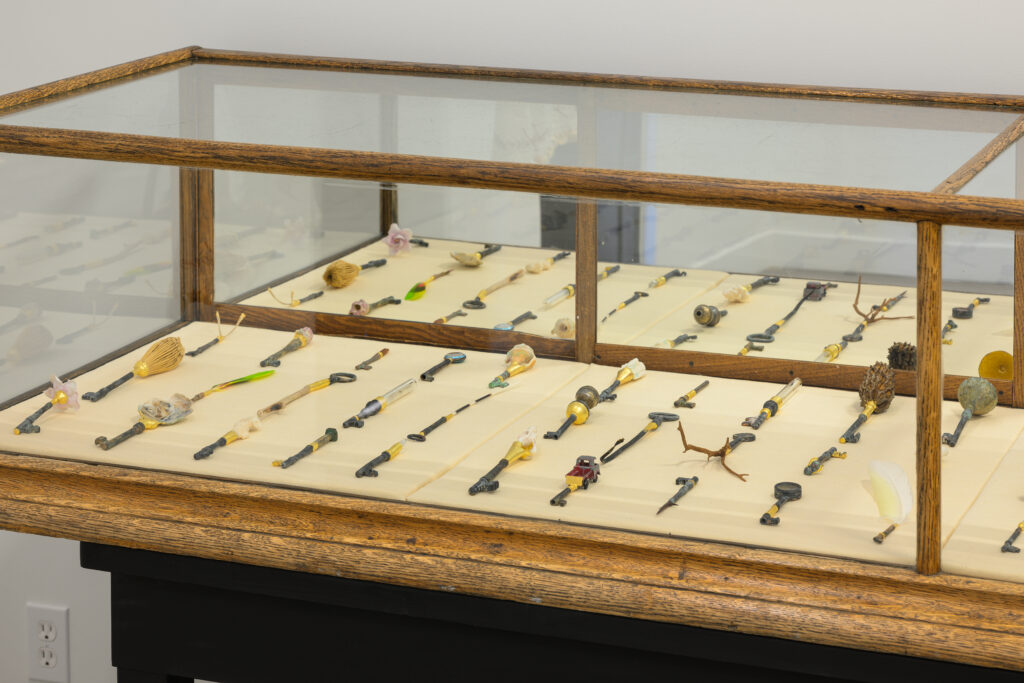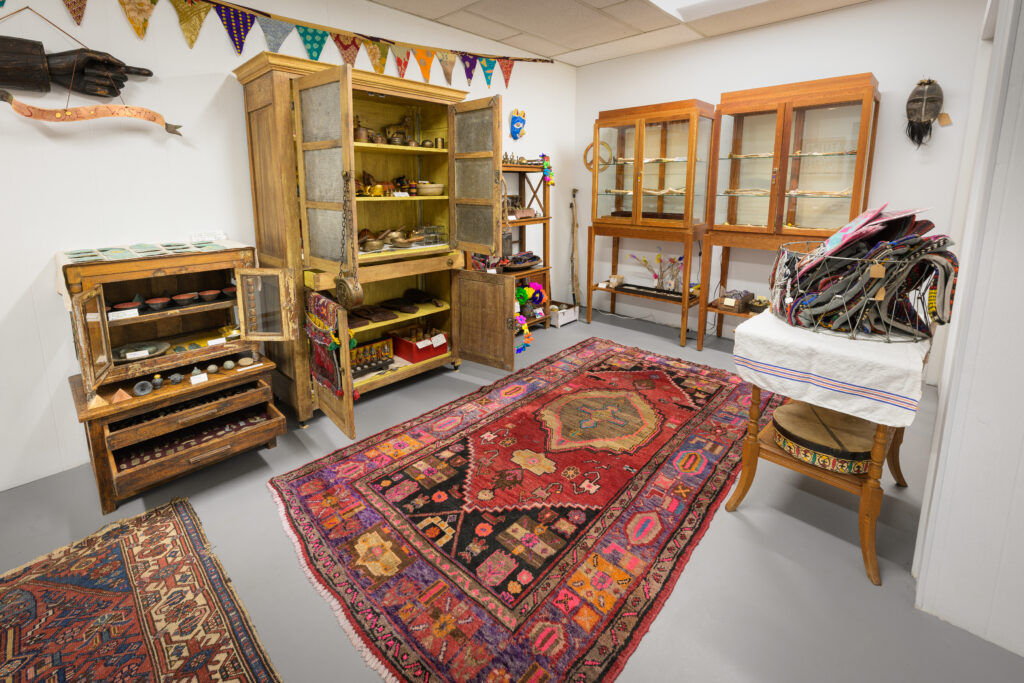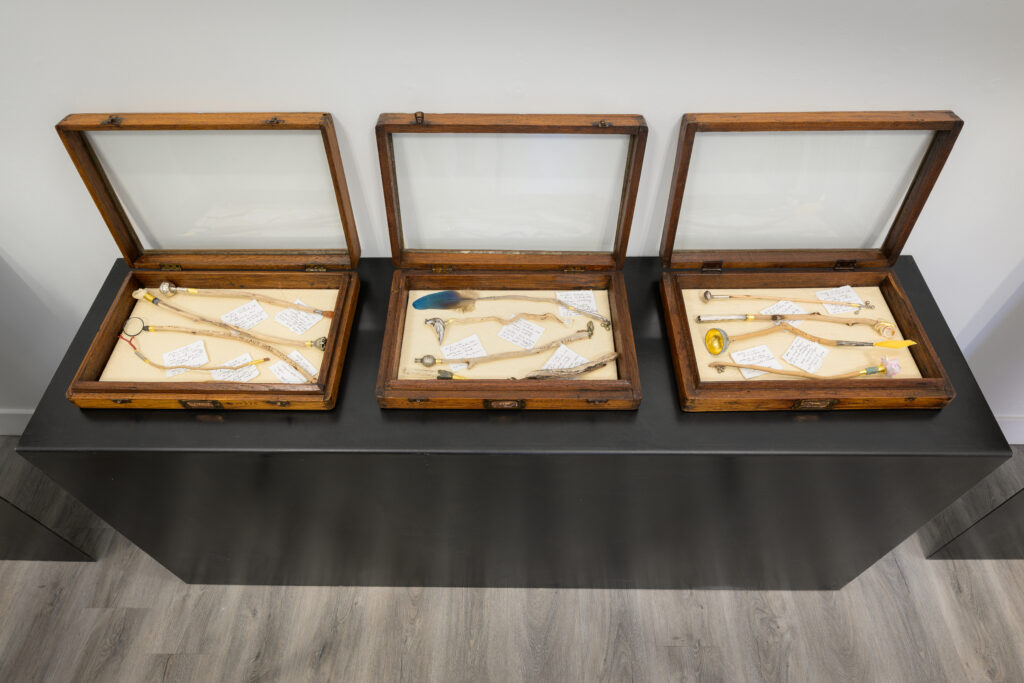When we are astutely reading a novel, watching dance or theater, listening to a recital or concert, or visiting a gallery exhibition, at some point, we inevitably discern and appreciate the crucial role of place as the bearer of memories. This significant bit of comprehension connects us to understanding the artist’s own sense of the continuity and circularity of time in their holistically spiritual and emotional experiences. More importantly, these artifacts of art and creative expression remind us that places represent the nuclei of collective memory, especially when we acknowledge the remnants that remain through every cycle and iteration after people die, groups and communities split and disperse. For the sake of our own spiritual, emotional and embodied consciousness, we treasure place for its potent enlightenment specifically because of its sacred role as bearer of memories in our mind, a source that we rely on continuously as we retrieve them to clarify, comprehend and connect the fragments in our lives into holistic perspectives.
The evidence is plain that many people have been drawn to, inspired by and compelled to contemplate their unique sense of place in Beth Krensky’s solo exhibition. The Trees Will Love You and the Earth Will Hold You, ever since its August opening at Material Gallery. Its opening drew the largest crowd ever for such an event at the South Salt Lake gallery and since then, it has attracted a steady stream of visitors. Also, there was excellent attendance at two workshops that Krensky led, in which participants made their own wish wands and portable reliquaries.

Although the Material Gallery space is really compact, the extent of objects on display is astounding. In an antique oak and glass mercantile display case (Keys to Open the Beginning Before the End), for example, there are 60 keys made variously from mixed media materials she has collected, electroplated copper and gold leaf. Individuals also are invited to commission their own key, by first answering the artist’s question, “If you had a key that could open anything, what would you unlock?”
Some 800 silver and gold-filled antique pocket watches make for pocket reliquaries. A portable altar has crab shells. Working with her son, Zev Gorfinkle, Krensky included plant talismans bronze plaques that specify the role of the plant in either attracting positive energy or repelling dark and negative forces. Archival prints comprise the Oracle of Clovers, which document their spiritual impact and energy. Made from driftwood from Port Orford, Oregon, 13 wands are displayed, along with staffs made variously from aspen, olive, or found driftwood.
In another section of the gallery, there is a Store of Wishes, which has elated many visitors during the exhibition run. It is an engrossing emporium of enchanted objects that Krensky has created or gathered over decades and across continents. It emulates the historical tradition of Cabinets of Curiosity, where artists have collected and exhibited objects that mimic museum displays.
Krensky has also debuted a video running slightly less than three minutes, Dispatch from Solitude #3: Pilgrimage to the Very Center, which was filmed in Port Orford, Oregon by Matte Hanna. The video documents Krensky performing, as she walked the labyrinth one morning in the month of May on the ancestral land of the Tutuni people. Its significance coincided with Krensky marking her 60th birthday.
It is riveting for its spiritual calm. In her dispatch, written from a circle of old growth Douglas Firs, she writes, “My path has been paved by an unbroken lineage of women/Who have toiled on the edges of shadows./They walk with me now, linked arm in arm,/as I step out into the open and/allow myself to be seen.” Exhibition visitors also can see the antique linen night shirt from France that she wears in the video. The garment’s accessories include shells collected from Mexico, Puerto Rico, and the United States, antique bells from India, wishbone and embroidery thread.
Another outstanding example of Krensky’s performance art is part of the (Im)Posibilidades exhibition at Ogden Contemporary Arts through Oct. 12 (watch The Utah Review for an upcoming feature), which features artists who created performances explicitly for video. Make Me a Sanctuary, which Krensky created in 2018, is extraordinarily soothing, as the artist walks along a desolate part of the Great Salt Lake shoreline, part of her sanctuary ritual. She dons a wearable tent made from old cloth sewn together and held up by poles of olive wood. The image recalls the passages of the Book of Exodus 25-31 and 35-40, which describe in detail the inner sanctuary of the Holy of Holies. Krensky epitomizes the characteristics of non-denominational spirituality in her art, which allows her to incorporate familiar objects and representations of faith while emphasizing the individual’s sacred experiences that are wholly unencumbered from dogma or doctrine.

Krensky is a distinguished professor of art teaching at the University of Utah and received her formal art training from the School of the Museum of Fine Arts at Tufts University and MIT’s Center for Advanced Visual Studies. What is refreshing about Krensky’s creative philosophy is her resonance with that of Joseph Beuys who is linked to the concept of social sculpture. Beuys believed that when we recognize that all aspects of human activity in our life are forms of artistic expression, then everyone conceivably is an artist. That sentiment emanates powerfully from Krensky’s exhibition, notably with the ongoing engagement with gallery visitors and workshop participants. Additionally, Krensky’s Store of Wishes underscores Beuys’ point that art’s social and spiritual dimensions extend well beyond the confines of traditional uses of gallery space.
Likewise, Krensky, a gatherer of many things and detritus, deliberately has selected her materials that reverberate with the symbolic meanings she has articulated in her artistic statement for her Material Gallery show. She mentions that she especially enjoys the engagement with children through art. Indeed, the aim is to preserve and prolong the innocent naturalness of one’s intuitive process and creative imagination. It should not be filtered or constrained by forces of socialization that occur in the transition from childhood to adulthood. Like Beuys, Krensky’s artistic philosophy welcomes intuition and rational thought as complementary forces in the human activities of our lifetimes.
If one wants an ideal literary companion to Krensky’s exhibition, a strong candidate would be James Joyce’s 1922 novel, Ulysses, which was seminal and remains to this day as one of the best examples of stream of consciousness. Joyce distinguished the thoughts of one character from another, by creating strands in the narrative that traced the evolutionary arc of each person’s stream of consciousness, as it was shaped by the influences of whoever they engaged with as well the impact of the place surrounding them. Krensky permits the viewer to see her internal monologues to a certain extent, just enough to encourage exhibition visitors to confidently explore the dynamics of their own give-and-take experiences in life. It is apparent from the reactions and engagement of many visitors during this exhibition, they have a newfound appreciation for the value of their own sense of place as bearing unique and collective memories, which is part of each person’s circular, continuous process of personal spiritual reflection.
The exhibition will have a closing reception on Sept. 25, starting at 6 p.m. For more information, see the Material Gallery website.


Les, thank you for your beautiful interpretation of my work. I am deeply honored.